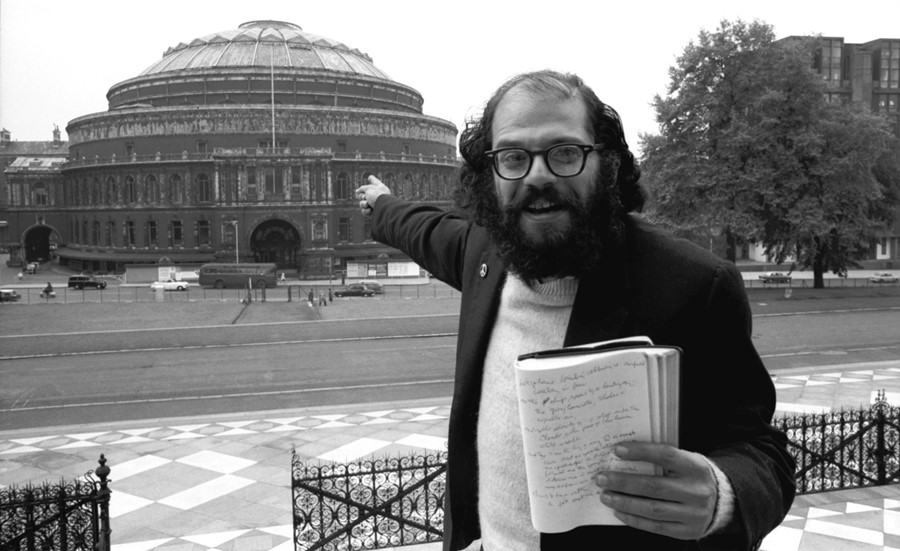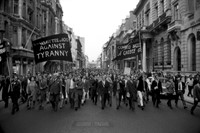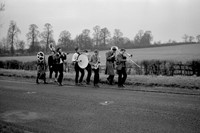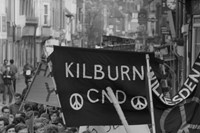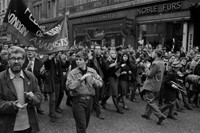We look back at the seminal work of John ‘Hoppy’ Hopkins, as a new festival celebrating political revolution opens in Cardiff
“Little did we know that Brexit – or anything else that has followed – was just around the corner when we were planning the festival,” says David Drake, director of Diffusion Festival, the biannual, month-long photography fair currently taking place in the Welsh capital of Cardiff. But, it would be true to say that the thematic title of this year’s event, Revolution, now seems more prescient than ever in the wake of the turbulent political events of the past year. “Diffusion is looking at several strands falling under the umbrella of ‘revolution’; including picturing the revolution, building the revolution and the new sexual revolution examining LGBT liberation,” explains Drake. “I was very interested in cult cultural movements within this, and in particular 1960s countercultural movements. Obviously John ‘Hoppy’ Hopkins’ work is very significant in that regard.”
For those unversed in the work of Hoppy – one of the most seminal figures of 1960s counterculture both as a photographer and political activist – Diffusion is bringing together unseen images from his archive taken between 1960 and 1966. This includes documentation of the Beat poetry convention at the Albert Hall in 1965, Malcolm X and Martin Luther King’s first visits to London, Committee of 100 and CND marches, and early anti-racist and pro-Civil Rights demonstrations, demonstrating the power of protest. “The poetry convention at the Albert Hall is an interesting story in itself, as they didn’t have a huge amount of money to put on the event, as you would imagine. So Hopkins scraped together enough to hire the venue for the night,” says Drake. “Then, they sold the tickets and got the British equivalent of the beat poets – such as Michael Horovitz – alongside Allen Ginsberg and William S. Burroughs, who were hanging around London at the time to perform. Apparently, it was a little bit of a disaster. Well, not a disaster, but a lot of illicit substances were consumed…”
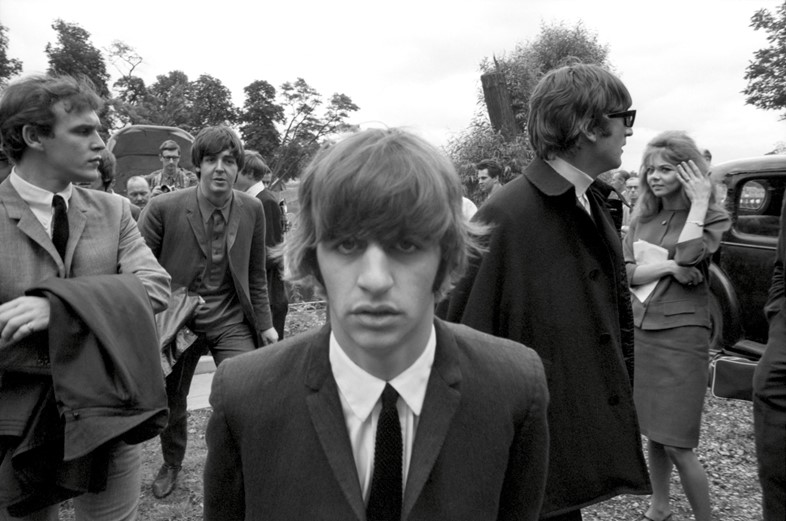
Hoppy was also the staff photographer for Peace News, the magazine of non-violent revolution and also one of the founding editors of underground newspaper International Times, with some of the material taken from these publications also on display at Diffusion. “Looking at Hopkins’ body of work as a whole gives some insight about how you actually do it,” says Drake, referring to how underground political counter-movements can grow. “I think as a historical artefact the body of work we have at Diffusion is quite exceptional. I think it’s partly about the fact that this work still has a resonance in terms of popular protest and people expressing their concerns about what’s happening in society, or the political regimes that they are living under.” And indeed, Hoppy’s work is symbolic of breaking cultural norms through music, art, literature and how each can act as a vessel for political change. Revisiting the historical moments that helped to make revolution a possibility – whether that be through simply looking at archival imagery with appreciation or through getting organised in the streets – is now more neccessary than ever.
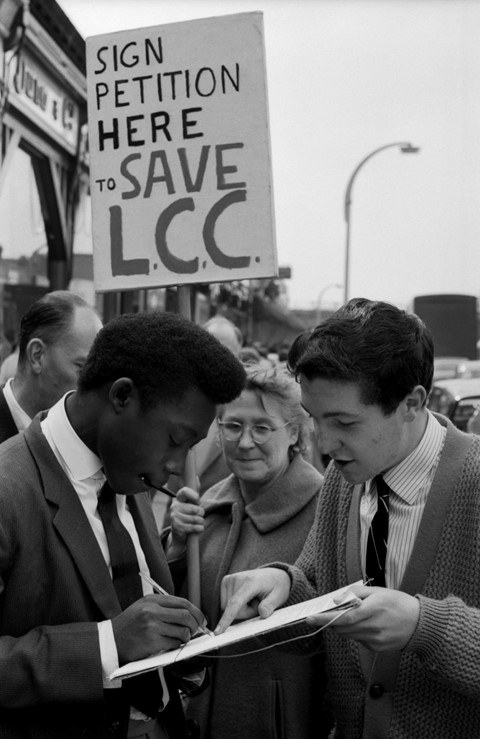
Diffusion Festival runs until May 31, 2017, in Cardiff.
